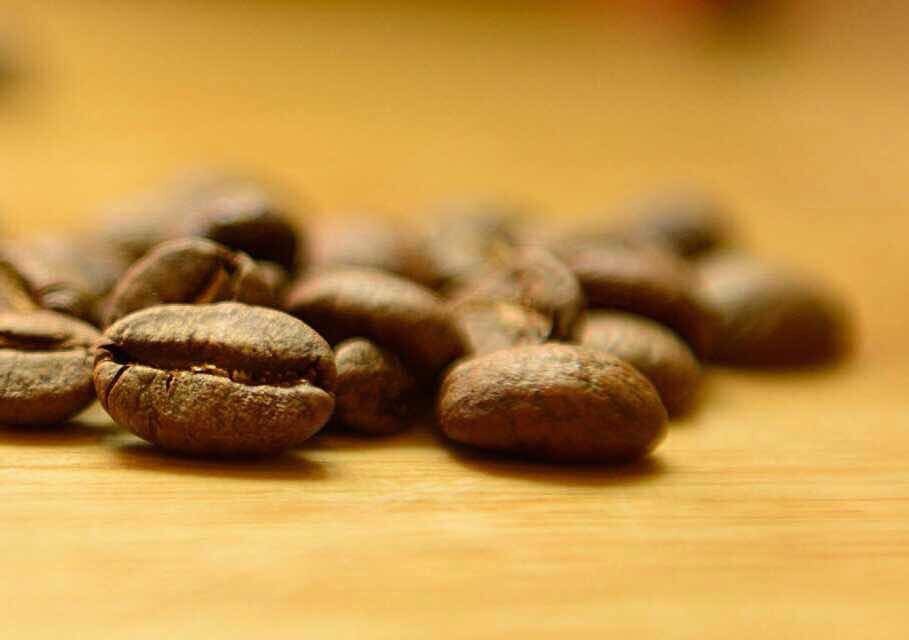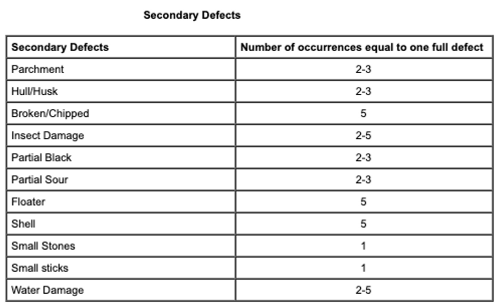Today we are pleased to hear from Ryo Mikami a Coffee Consultant & Roast Competition Trainer.
Ryo is the Owner Operator at Roast Design Coffee - Kanagawa prefecture near Tokyo where he roasts coffee and sell microlots to customers. Author of “The Coffee Fanatic” shares about his entry into the coffee industry from a wine industry background.
Joining a green coffee importer and starting a specialty microlot coffee roastery with his wife called Roast Design Coffee. Explore the journey of specialty coffee in Japan as he shares about the environment there, popular coffees (fruity clean coffees vs. traditional roasting methods) and moving into coffee roasting competitions especially on the Stronghold Coffee Roaster.
Previously from the wine industry, but lacking some of the maturity and development compared to the wine industry Ryo was convicted that the Japanese coffee industry lacked some of the access to teaching and training materials especially for roasting and brewing specialty coffee.
Now at Roast Design Coffee he procures green coffee, roasts coffee and acts as a coffee trainer and consultant with his wife in business. Learn more and follow from his social media channels in either English at COFFEE FANATICS : https://cf.roast-design-coffee.com/ Ryo Mikami has a diverse background that includes working in major coffee chain, micro-roastery, and wine shop.
He joined Wataru Co., Ltd., a specialized coffee green bean importing company, where he held roles in sales, sourcing from coffee-producing countries, market exploration, seminars, and coaching for competitions. Ryo is also involved as a Cup of Excellence judge and has actively concerned in global coffee competitions. He notably served as the Japanese representative coach for the World Roasting Championship multiple times. In July 2019, he co-founded Roast Design Coffee, a roastery and café, alongside his wife, Hitomi Mikami.
His responsibilities encompass green bean procurement, quality design, product development, and extensive coffee consulting activities. Ryo shares his insights under the pen name "Coffee Fanatic Mikami" and contributes to various platforms, including:
Roast Design Coffee https://roastdesigncoffee.com/
Roast Design Coffee Blog https://coffeefanatics.jp/
COFFEE FANATICS https://cf.roast-design-coffee.com/
CAMPFIRE Online Salon https://community.camp-fire.jp/projec...
Facebook / ryo.mikami.714
Instagram https://www.instagram.com/coffeefanat...
Twitter / ryomikami_cf









